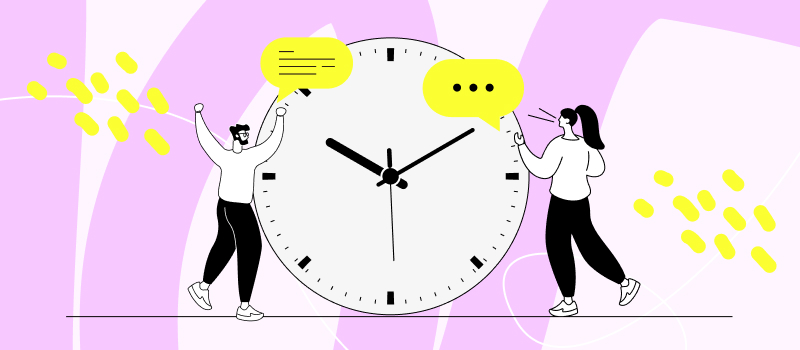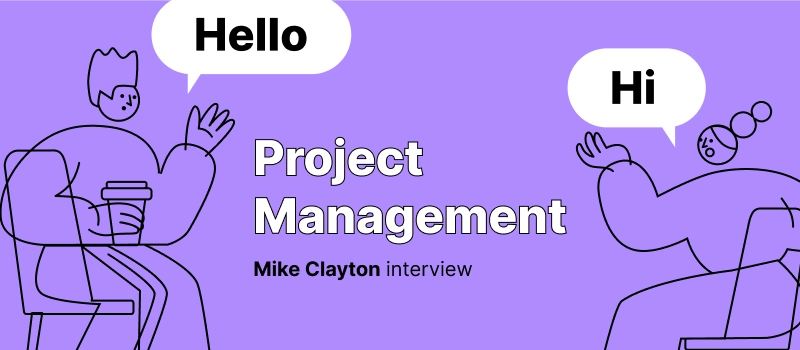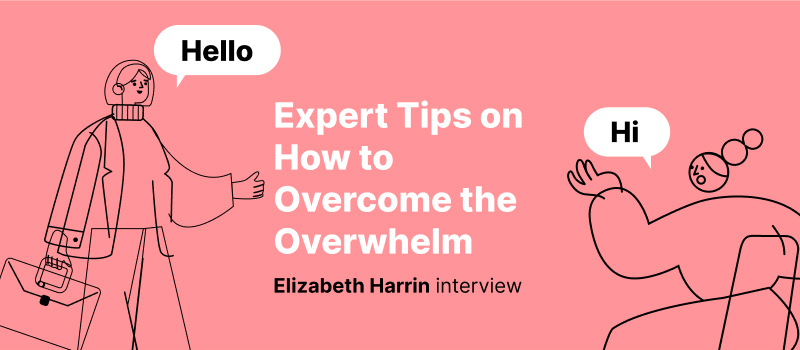
Workplace distractions are killing productivity. According to Business News Daily, companies across America lose upwards of $650 billion annually due to employees being distracted during work hours.
There are more worrying stats from Gitnux: 75% of managers report that their employees lose at least two hours daily due to distractions, and 43% even claim that productivity loss extends to three hours or more.
However, if you try to find a solution on the web, you will see that most of the recommendations and expert tips fit more for the employees who want to stay organized than managers trying to reduce negative consequences for their organizations.
In this article, we will look at the problem from a different angle, trying to understand how a project lead, manager, or HR can help their teammates stay focused and not get distracted from projects and tasks.
How Does Human Brain Get Focused?
The brain has a complex mechanism for focusing on things and sustaining that focus.
The prefrontal cortex helps to allocate attention to a specific task or activity. The parietal and frontal lobes responsible for filtering out irrelevant information allow us to concentrate on it while ignoring distractions.
Distractions, in turn, compete for our attention by overwhelming the above mechanisms, reducing focus, and increasing susceptibility to interruptions.
For example, they can trigger the brain’s reward system, releasing dopamine, a neurotransmitter associated with pleasure and motivation, making distractive activities more enticing.
Moreover, continuous exposure to distractions can impact the brain’s neural plasticity. Suppose distractions become a regular part of our environment. In that case, the brain may rewire itself to be more easily distracted, making it harder to maintain focus in the long run.
In layman’s words, we find distractions more important and emotionally moving than work, and easily get addicted to them. That’s why all the popular distraction avoidance strategies will only work if your employees are motivated to follow them.
Of course, you can always introduce strict rules and even punitive measures related to specific activities, but will it help you maintain a positive work environment?
Below, you will find the descriptions of the most common workplace distractions, the psychological mechanisms behind them, and the measures to be taken to solve the problem.
Top 5 Workplace Distractions and How to Tackle Them in the Team
A survey by CareerBuilder survey revealed the following workplace distractors:
- Mobile phone usage – 55%
- Internet browsing – 41%
- Social media – 37%
- Emails – 26%
- Meetings – 24%
Let’s take a closer look at each of these.
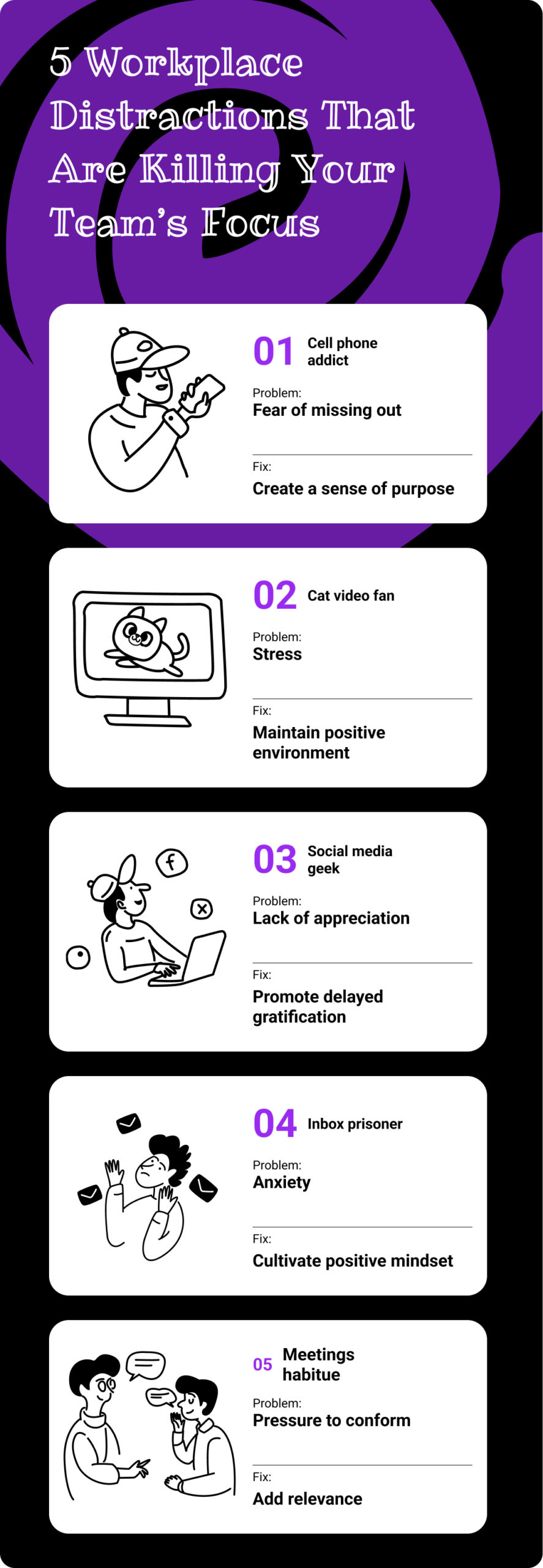
#1 Cell Phone Addiction
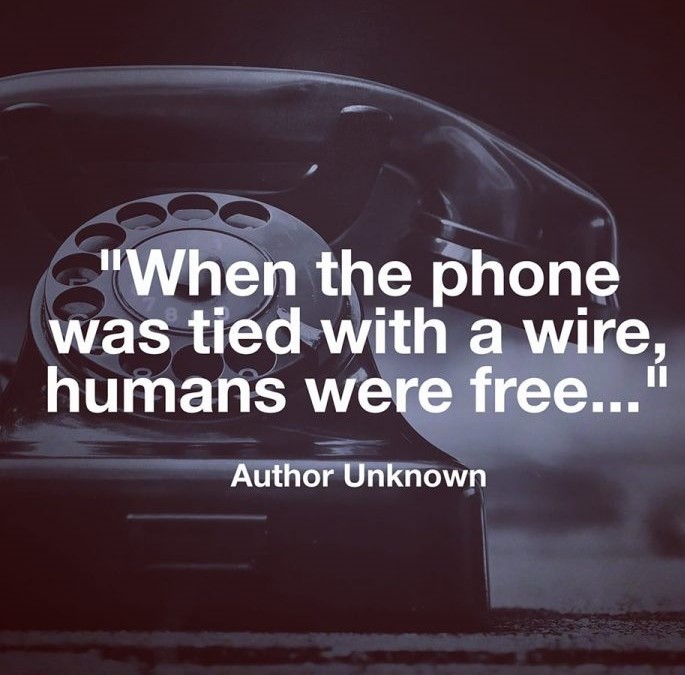
Tired of seeing your dream team constantly engrossed in their phones? Panicking over the amount you’re paying them versus the way they’re utilizing their time? It’s an uncomfortable situation to be in.
Smartphones provide quick access to various forms of entertainment, social media, and information. With the click of a button, one can order food delivery, watch a movie, or get some appreciation.
Such constant connectivity can trigger a fear of missing out (FOMO) on something important. Fear of Missing Out is a feeling of anxiety or apprehension that arises from the belief that others might be enjoying exciting or rewarding events, opportunities, or experiences from which one is absent.
FOMO leads to a constant need to stay connected, seek validation, and an overwhelming desire to be present in every situation to avoid feeling left behind.
From the administrative point of view, you can do the following:
- Establish clear rules and expectations regarding cell phone usage in the workplace.
- Encourage employees to limit personal phone use to break times.
- Designate specific areas in the workplace where cell phone use is not allowed, such as meeting rooms.
But in the long term, the solution lies in offering your employees clear goals, exciting projects, and growth opportunities. People need to understand the value behind their efforts to get involved. Consider the following strategies:
- Clearly articulate the purpose and significance of the goals to your team. Explain how achieving these goals aligns with the organization’s mission, vision, and values. Share relevant background information, industry trends, market insights, or customer feedback highlighting the goals’ importance.
- Learn what motivates each team member individually and find ways to connect the goals to their personal aspirations and professional growth. Help them see how their efforts will contribute to their development and success.
- Regularly update your team on the progress toward the goals and the impact achieved. Share success stories, testimonials, or metrics demonstrating the positive outcomes of their efforts.
- Encourage open dialogue and collaboration within the team. Create opportunities for team members to share their perspectives, ideas, and insights related to the goals.
- Ensure your team has the resources, tools, and support to achieve the goals effectively. Address any obstacles or challenges they might encounter and provide guidance and assistance when needed.
#2 Internet Browsing Dependency
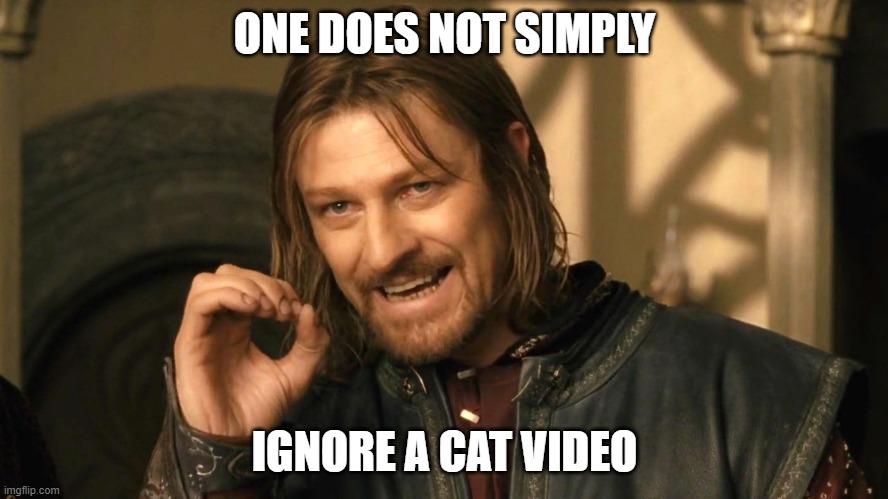
The Internet is all around. It provides immediate access to vast information, entertainment, and social interaction.
On the other hand, internet browsing can serve as a means of escape or a way to cope with negative emotions. It triggers dopamine release, providing temporary distraction or relief from stress, anxiety, or boredom, leading to excessive and addictive behavior.
This is especially true for video content.
For example, cats have become a widespread internet phenomenon, and cat videos have a broad appeal. Studies have shown that watching videos of animals, including cats, can positively impact mood and emotional well-being.
Digging deeper, we found that the algorithms of video streaming platforms, like YouTube, Netflix, and Hulu, personalize content recommendations based on users’ preferences, making it easy to get hooked and spend hours watching one video after another… even if they are not about cats 🙀
The autoplay feature further encourages continuous viewing, leading to addictive binge-watching behaviors.
And that’s just the tip of the iceberg. The internet is a vast source of information on virtually any topic. So, people browse the internet to learn new things, indulge in their interests and hobbies, stay informed about the latest news, and satisfy their curiosity.
As a manager, you have every right to establish specific time limits for internet usage or
use productivity apps or website blockers to limit access to distracting websites or apps.
On the other hand, people like doing prohibited things, so why not try an alternate method?
Try to maintain a positive work environment.
-
- Encourage employees to take regular breaks to refresh their minds and avoid burnout.
Introduce mindfulness practices and stress management techniques to the workplace. - Help your staffers manage their time effectively, setting aside specific periods for focused work and allowing for short breaks or internet use during designated times.
- Encourage employees to take regular breaks to refresh their minds and avoid burnout.
- Ensure everyone is engaged in meaningful, challenging work that aligns with their skills and interests.
- Motivate team members to enhance their skills, attend workshops or conferences, and engage in continuous learning.
- Acknowledge and celebrate individual and team achievements along the way. Recognize their hard work, dedication, and contributions toward the goals.
# 3 Social Media Addiction

Social media platforms like Facebook, Instagram, Twitter, and TikTok are designed to keep users engaged and returning for more. Features such as likes, comments, shares, notifications, constant updates, and curated content make social media highly addictive.
Scientists call this instant gratification. It is the immediate satisfaction or pleasure derived from obtaining or experiencing something without delay. It gives a sense of reward, excitement, and fulfillment in the moment.
While instant gratification is enjoyable and convenient, it also creates a habit-forming cycle, making individuals constantly seek stimulation and validation through social.
You are free to apply all the measures above to cope with social media addiction and even require your staff to completely disconnect from social platforms during their workday, but building a strong habit of delayed gratification would do a power of good to your business.
- Encourage the team to set clear and meaningful long-term goals. These goals should require sustained effort, patience, and discipline to achieve.
- Help team members break down their long-term goals into smaller, achievable milestones to let individuals can experience a sense of progress and accomplishment along the way.
- Communicate the significance of patience and persistence in achieving meaningful outcomes.
- Recognize the effort, dedication, and discipline your staffers demonstrate in delaying immediate rewards for the sake of long-term goals.
- Help your team members become aware of their desire for immediate rewards and guide them in redirecting their focus towards long-term objectives. Teach techniques such as mindfulness and self-regulation to enhance their ability to delay gratification.
- Create a work environment that supports delayed gratification. Encourage open discussions about the challenges and benefits of delaying immediate rewards.
- As a leader, model delayed gratification in your own behavior. Share stories of your own experiences and the rewards that come from postponing instant gratification for long-term gains. Show discipline in managing your own impulses and demonstrate the value of delayed gratification through your actions.
#4 Checking Email Too Often
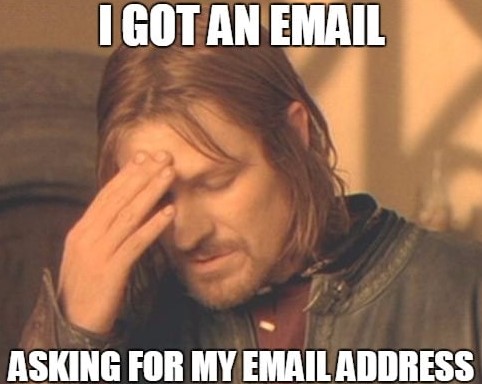
Email is one of the primary means of communication, both personally and professionally. But have you noticed that some individuals check their inboxes every other minute?
Do they need to address urgent issues, or collaborate with colleagues? Actually, they don’t.
Checking email frequently becomes a habit that is ingrained in someone’s daily routine. It turns into an automatic action that people perform without consciously thinking about it, similar to checking social media or messages on their phones.
Some may even experience anxiety if they don’t regularly check their inboxes, as this activity gives them a sense of control and assurance they are staying on top of their professional responsibilities.
Though maintaining effective communication in the team is an integral part of your and your employees’ workflow, it’s good to strike the balance between responding promptly and becoming overwhelmed or distracted.
As an administrator, you can set designated times for email checking (twice a day, for example) and show your team how to prioritize important messages and utilize email management techniques, but there is more to be done to maintain a healthy email routine.
- Clearly communicate that immediate responses are not always necessary unless it’s an urgent matter.
- Introduce alternative communication channels that may be more suitable for quick, non-urgent conversations.
- Create a supportive work environment where employees feel comfortable discussing their anxieties and concerns related to their expertise evaluation and other issues.
- Continuously reinforce the importance of maintaining a healthy work-life balance and emphasize the value of managing email effectively.
#5 Wasting Time at Pointless Meetings
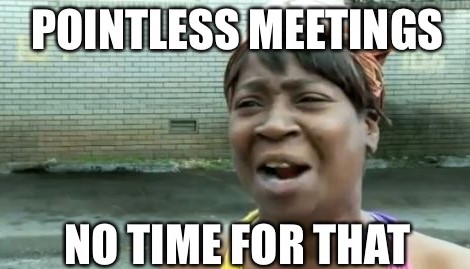
In most organizations attending meetings is seen as a measure of involvement or commitment. At the same time, an Otter.ai study concluded that workers judge a full third of meetings to be completely unnecessary.
These meetings lack structure and focus and fail to achieve desired outcomes, some are even scheduled without a clear objective or agenda.
But still, people have to attend to them to avoid the perception of disengagement or to conform to the expectations set by their superiors or colleagues, which costs US companies $25,000 a year per professional employee.
“Walk out of a meeting or drop off a call as soon as it is obvious you aren’t adding value.”
“AIt is not rude to leave, it is rude to make someone stay and waste their time!”
While it’s hard to argue with such a direct approach, there are nicer solutions to be considered.
- Before scheduling a meeting, evaluate if it is truly necessary. Consider alternative methods of communication, such as email or collaborative tools, for sharing information or seeking input.
- Ensure that only individuals directly involved or required for decision-making attend the meeting.
- Clearly define the purpose and objectives of each meeting. Ensure that every meeting has a specific agenda and specified outcomes.
Share the meeting agenda with participants prior to the meeting to help them come prepared and contribute effectively. - Set a time limit for each meeting and adhere to it strictly.
- Facilitate an environment that encourages active participation and engagement. Set the expectation that attendees actively contribute relevant insights, ask clarifying questions, and provide valuable input.
- Employ time management techniques during meetings, such as timeboxing or using a timer to allocate specific durations to each agenda item.
- Assess the effectiveness and value of each completed meeting. Seek feedback from participants regarding the meeting’s relevance, productivity, and areas for improvement.
The Final Note
Distractions can get around the bans and take over your employees’ concentration. However, as a manager, you can always find the right measures to help your team stay focused.
All you need to do is identify the distraction, determine the psychological reason behind it, and fix the broken process by clarifying its goals, adding value, and removing stress factors.
Have a good day and stay productive!













































